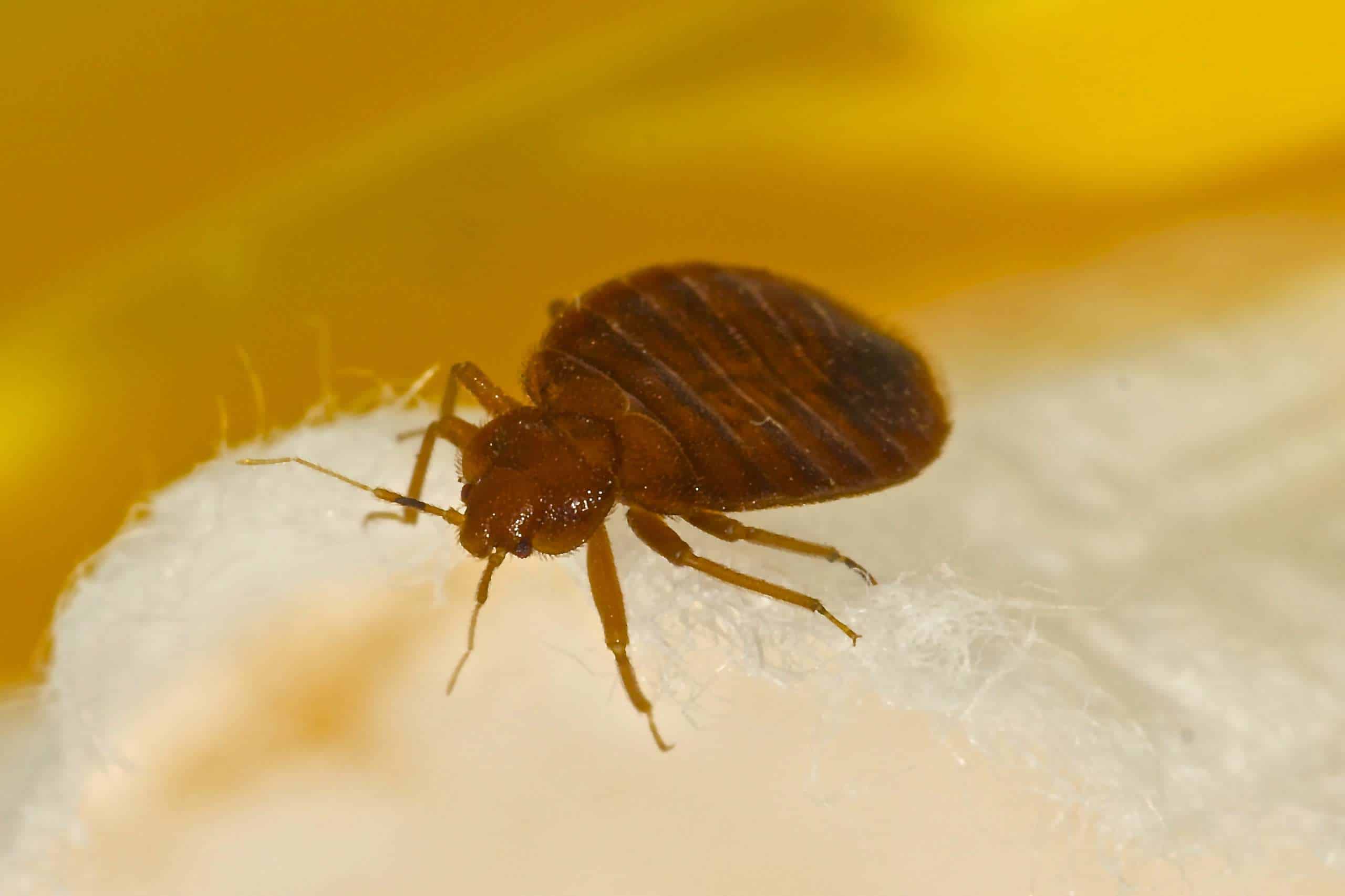As troublesome and annoying as bed bugs are, it is impressive how many spaces they fit into in the average home. They are some of the sneakiest hiders out there, which explains the strange places that our technicians have found them. Besides the famous hiding spot in a mattress, bed bugs have also been found in couches, electrical outlets, rugs, drawers, and even behind wallpaper. Most bed bug invasions go undetected for a while because they stay in these shelters for so long.
Unless you want to tear up your house searching for these pests, the best place to start is looking at any bites that have accumulated. A bite from a bed is similar to that of other blood-suckers, like mosquitos and fleas. A red, itchy welt is fairly generic, but the true hint that bed bugs are the cause is all in the pattern. Whereas other bug bites are scattered, bed bugs tend to bite us in a line since they do not want to move around too much while feeding. They will also favor any exposed skin, which is why our legs and arms are often bitten the most.
Although we do not have to worry about bed bugs transmitting diseases to us, the amount of sleep that they disrupt is enough reason to eliminate them as soon as possible. People who naturally sleep more lightly will experience even more issues throughout the night, especially if the infestation is numbering in the hundreds.
The effects of a bedbug infestation are not only apparent on a person’s body. These pests many be difficult to find, but their stains certainly are not. When a human unknowingly rolls over and squishes a bed bug or two, there will be a mark left behind on the mattress and sheets. It will likely be reddish-brown because it is a disgusting mixture of our blood and the bug’s feces. It is also possible to find their egg casings and discarded skins in a larger infestation. If you believe you have an invasion, check your bedding and furniture for any of these bed bug remnants daily.


